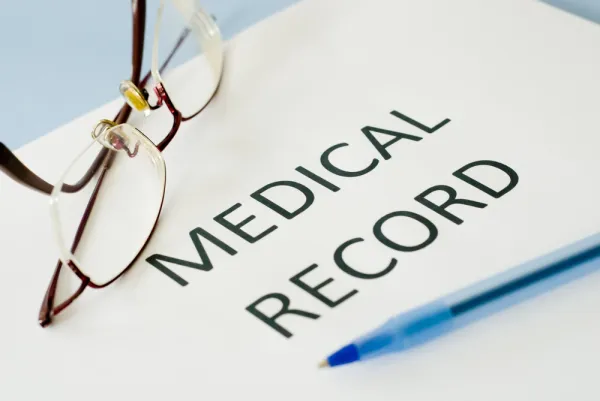Oncology & Hematology Coding Alert
Procedure Coding:
Avoid Transfusion Confusion With These 4 Tips
Published on Tue Feb 28, 2023

You’ve reached your limit of free articles. Already a subscriber? Log in.
Not a subscriber? Subscribe today to continue reading this article. Plus, you’ll get:
- Simple explanations of current healthcare regulations and payer programs
- Real-world reporting scenarios solved by our expert coders
- Industry news, such as MAC and RAC activities, the OIG Work Plan, and CERT reports
- Instant access to every article ever published in Revenue Cycle Insider
- 6 annual AAPC-approved CEUs
- The latest updates for CPT®, ICD-10-CM, HCPCS Level II, NCCI edits, modifiers, compliance, technology, practice management, and more
Related Articles
Other Articles in this issue of
Oncology & Hematology Coding Alert
- ICD-10-CM Coding:
Let This Guide Take the Pain out of G89 Coding
Hint: Begin by carefully reading ICD-10-CM guidelines. The G89 (Pain, not elsewhere classified) codes aren’t [...] - Modifiers:
Don’t Get Left in the Dark Choosing the Right Laterality Modifier
Look to payer fine print for the final word. You know CPT® is full of [...] - Procedure Coding:
Avoid Transfusion Confusion With These 4 Tips
Here’s what those HCPCS Level II blood product codes describe. Transfusions play a key part [...] - You Be the Coder:
Rely on Index to Make Mediastinal Mass Code Choice
Question: What is the correct way to code a mediastinal mass? When I look up mass [...] - Reader Questions:
Don’t Leap to This Lesion Dx
Question: Our oncologist met with a patient to discuss the best way to manage her brain [...] - Reader Questions:
Look for These Terms, Locations for Central Breast Dx Codes
Question: Is there guidance around what constitutes as the central portion of the breast? I can’t [...] - Reader Questions:
Check This Principal Dx Guideline for Chemo Denial
Question: Blue Cross Blue Shield (BCBS) of Illinois is denying 96402 when billed for C61, prostate [...]
View All




